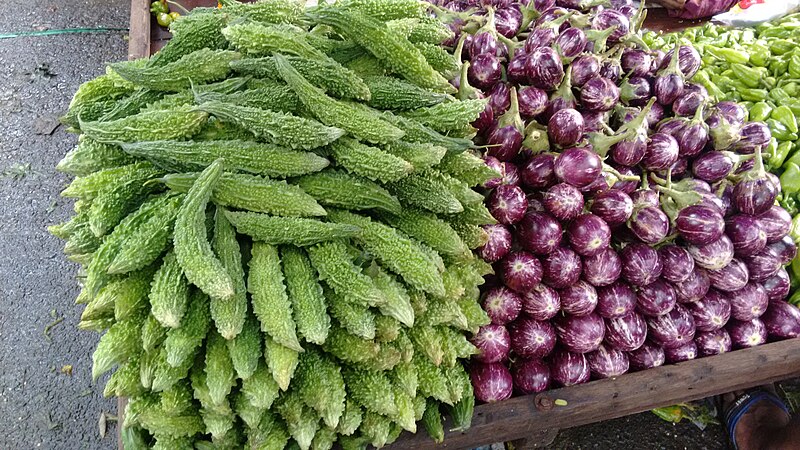Importance of vegetables in diet...
 The world is now on a vegetable ride.Have you ever thoought of the reason behind it's green colour?
The world is now on a vegetable ride.Have you ever thoought of the reason behind it's green colour?Vegetables are eaten in a variety of ways as part of main meals and as snacks. The nutrient content of different types varies considerably. With the exception of pulses, vegetables provide little protein and fat. Vegetables contain water soluble vitamins like vitamin B and vitamin C, fat soluble vitamins including vitamin A and vitamin D, and also contain carbohydrates and minerals.
The green colour of leafy vegetables is due to the presence of the green pigment chlorophyll. Chlorophyll is affected by pH and changes to olive green in acid conditions, and bright green in alkali conditions. Some of the acids are released in steam during cooking, particularly if they are cooked without a cover.
The yellow/orange colour of fruits and vegetables are due to the presence of carotenoids, which are also affected by normal cooking processes or changes in pH.
The red/blue colour of some fruits and vegetables (e.g. blackberries and red cabbage) are due to anthocyanins, which are sensitive to changes in pH. When pH is neutral, the pigments are purple, when acidic, red, and when alkaline, blue. These pigments are very soluble in water.
Tags: Leafy vegetable, Vegetable


